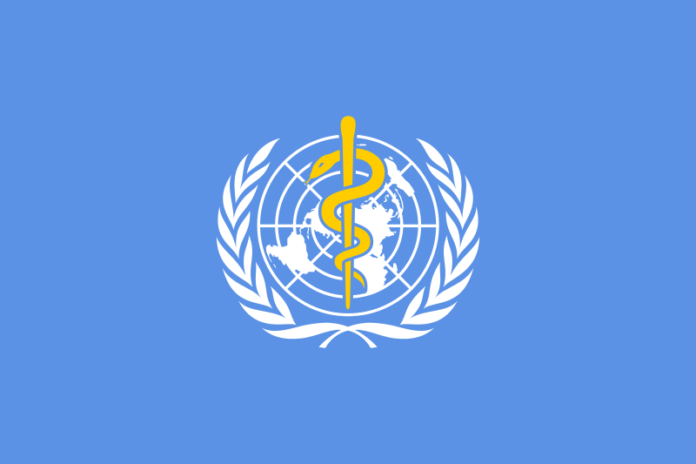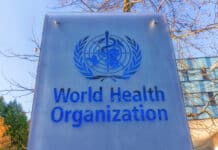MOGADISHU, Somalia – The World Health Organization (WHO) has its work cut out for it in combatting a dangerous breakout of measles in drought-stricken Somalia.
The country’s severe drought has reduced the availability of safe drinking water, and created pre-famine conditions. This has resulted in food insecurity for much of the country, and the mass displacement of people from affected areas. More than 1 million people are now experiencing overcrowded living conditions as they try to survive.
“This has led to an increase in the number of measles cases, given low vaccination rates and malnutrition,” Dr. Deborah Bettels told Alpha News, “A total of 6,346 cases have been reported in the first 16 weeks of 2017 across Somalia, which is several times higher than the number cases reported during the same period in 2016.“
Bettels is a public health expert on Measles, and part of WHO’s Emergency Response Team in Somalia.
Bettels says that WHO and the United Nations International Children’s Emergency Fund (UNICEF) are aiding Somalia’s Federal Ministry of Health in a series of vaccination campaigns across Somalia. Over 240,000 children in 12 districts in Somaliland – a northern, semi-autonomous region of Somalia – and 30,000 children in camps for internally displaced persons have received the measles vaccination and vitamin A supplements.
Minnesota has the largest population of Somalis in the United States. The state has also experienced a smaller scale outbreak of measles among the Somali-American population. A total of 44 cases have been confirmed so far by the Minnesota Department of Health as of Friday. Of these, 38 are members of the Somali-American community, and 42 of the 44 are unvaccinated.
“Measles virus is transmitted person to person through direct contact or through the air when an infected person coughs or sneezes,” Bettels said. “A person infected with measles can transmit the virus 4 days before the rash appears. Thus, a person may transmit the measles virus even before he appears ill. For this reason, it is sometimes difficult to trace the source of infection.”
As such Bettels could not say for certain if there was a connection between the measles outbreak in Somalia itself and the outbreak in Minnesota.
“The source of a measles infection can sometimes be determined by very thorough investigation of the case,” Bettels said. “However, we do not have information about individual cases occurring in the USA, and therefore cannot know if there is a link between the USA cases and measles cases in Somalia.”
Regardless, measles is not a Class A communicable disease, so the Department of Homeland Security cannot block people with the disease from traveling to the United States for that reason alone. Bettels also said that WHO does not usually recommend such courses of action.
“WHO and health partner organizations are actively supporting the government of Somalia and health authorities at all levels to respond to outbreaks of measles and other diseases around the country during this humanitarian crisis,” Bettels said. “In general, WHO does not recommend quarantine or travel restrictions.”
WHO recommends all children receive two doses of measles treating vaccines to ensure immunity. WHO wants to assure parents that the vaccines are safe, effective, and can lead to lifetime immunity from the disease.
Editor’s note, correction: This article previously stated that Minnesota has the largest Somali population outside of Somalia. The article now correctly states that Minnesota has the largest population of Somalis in the United States.


















